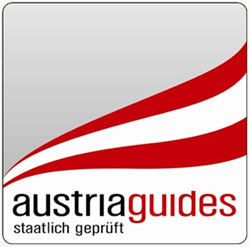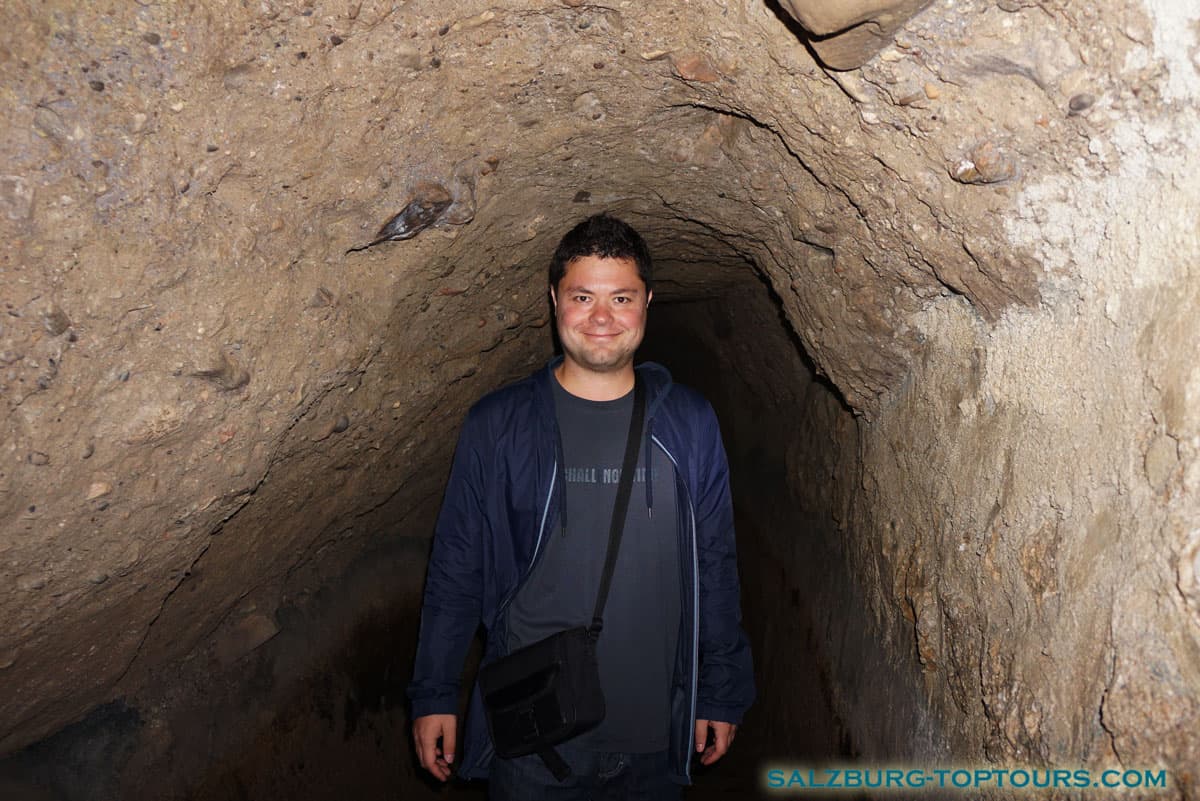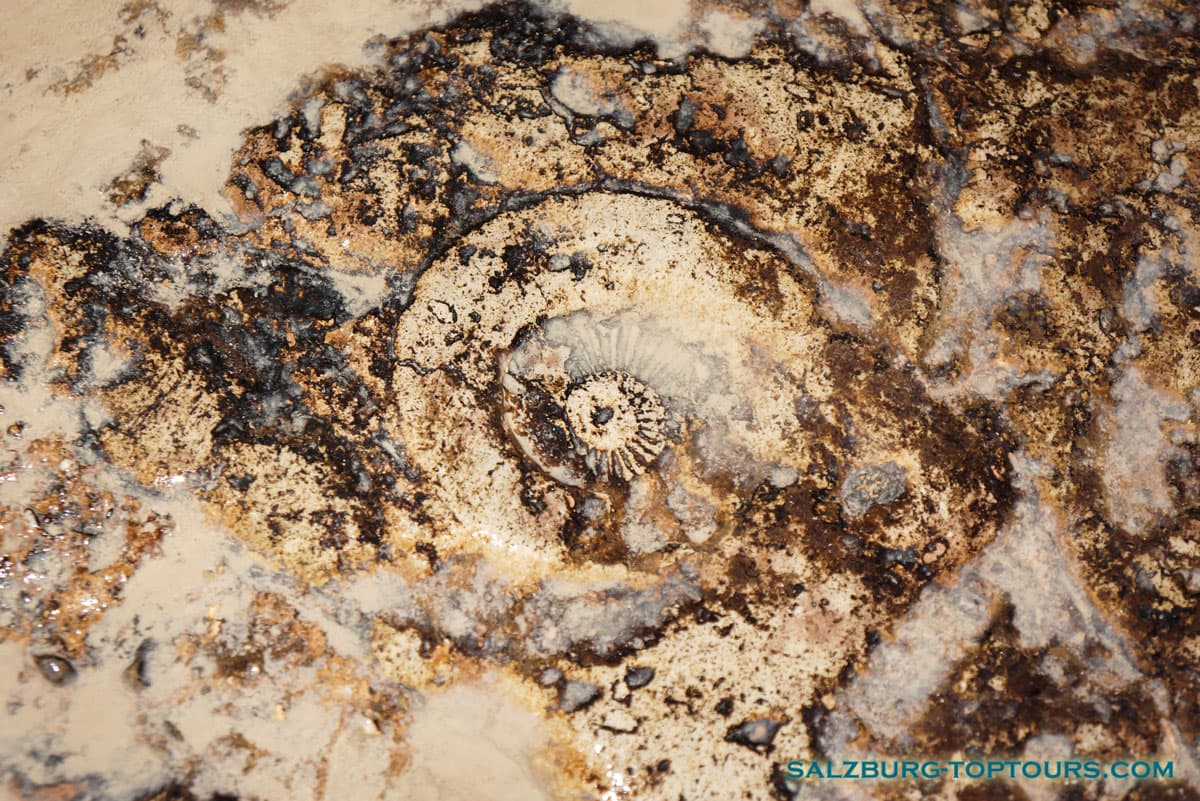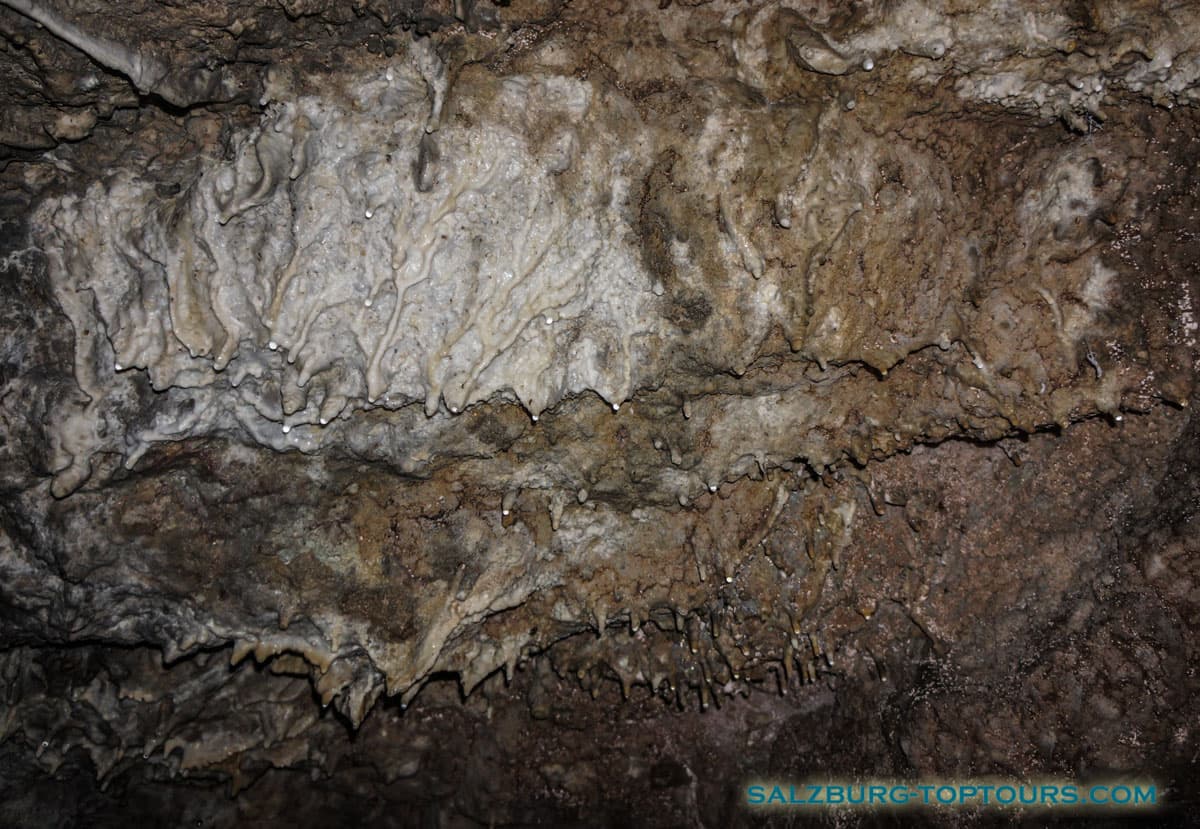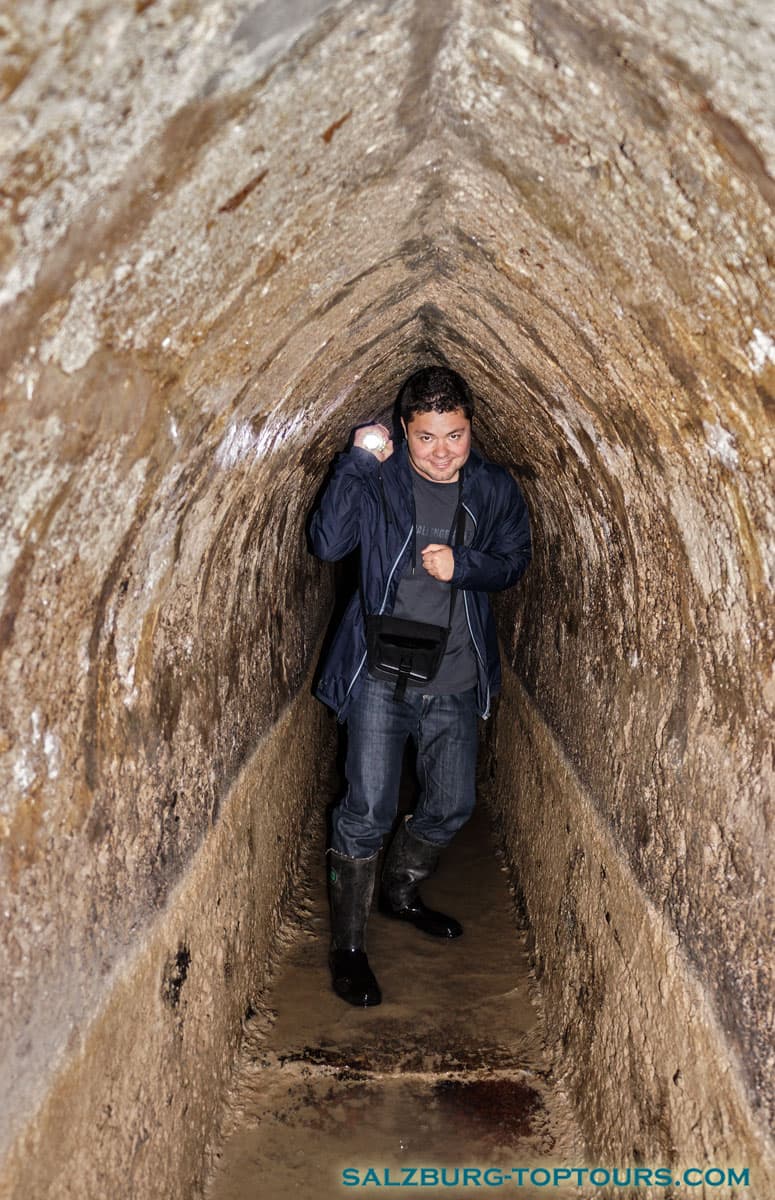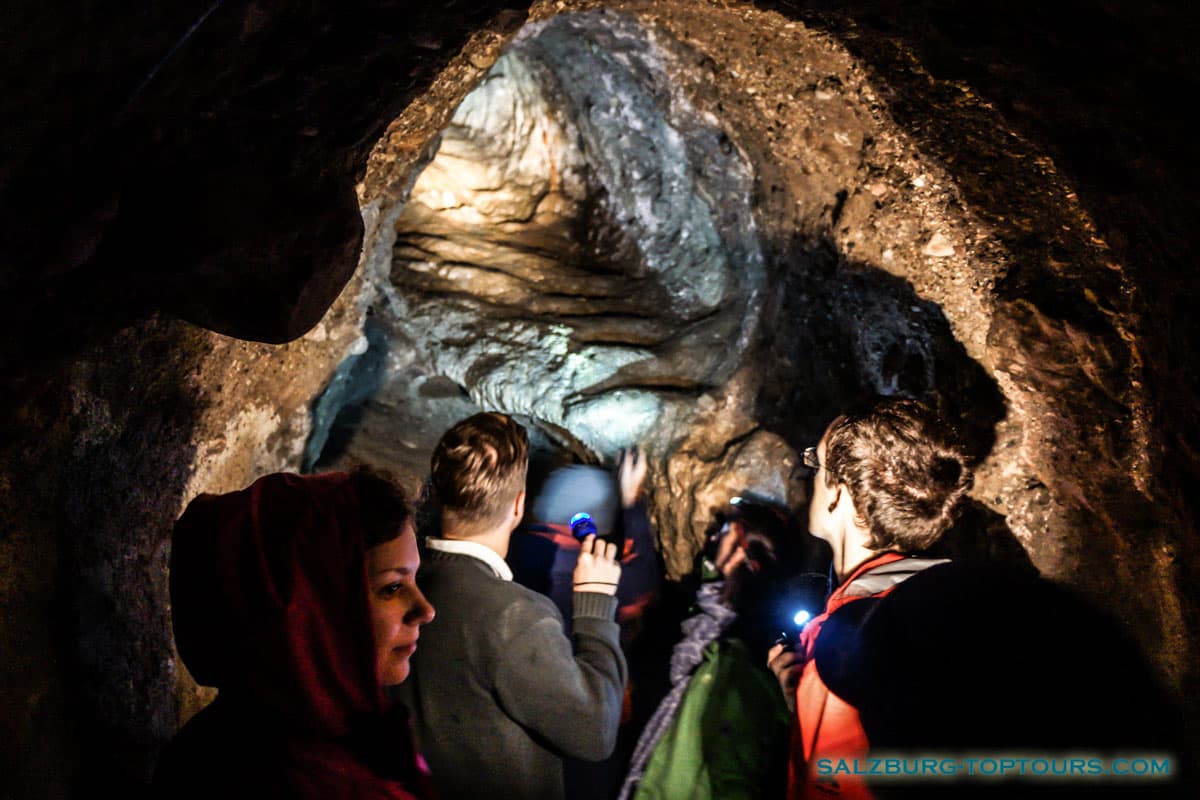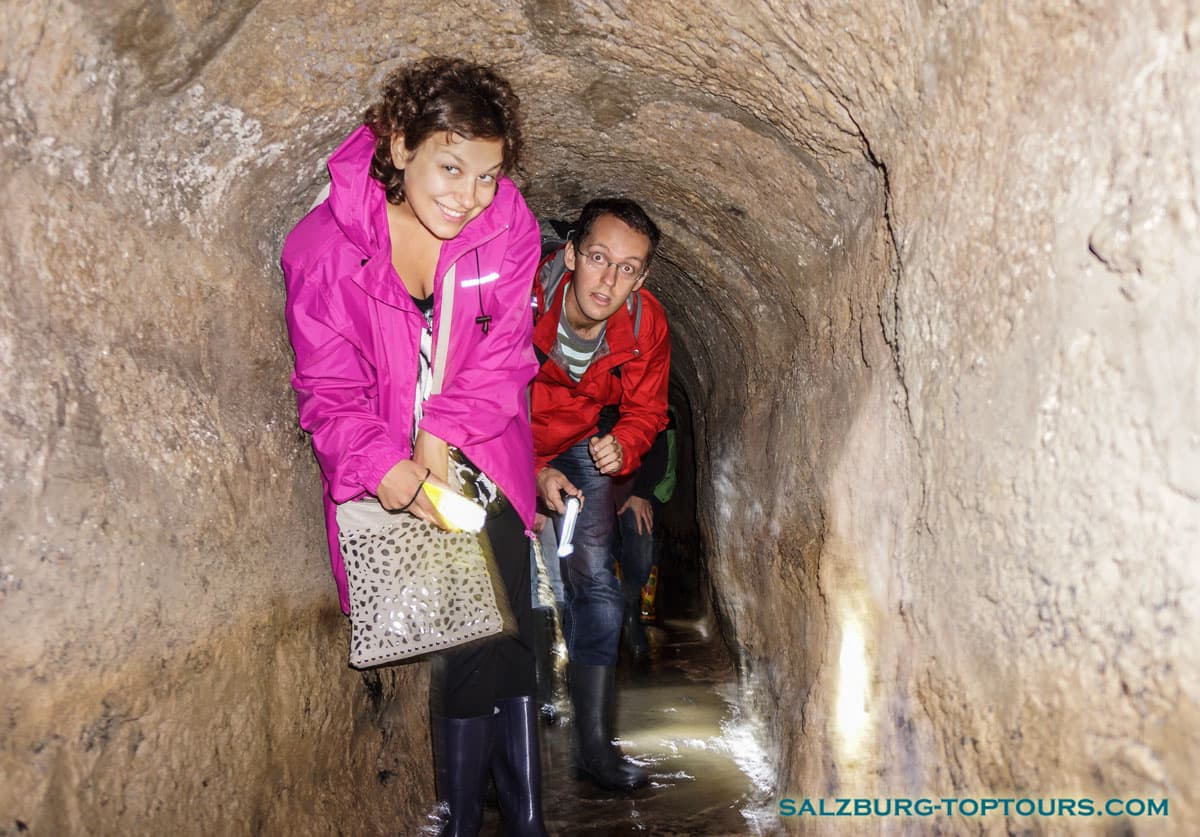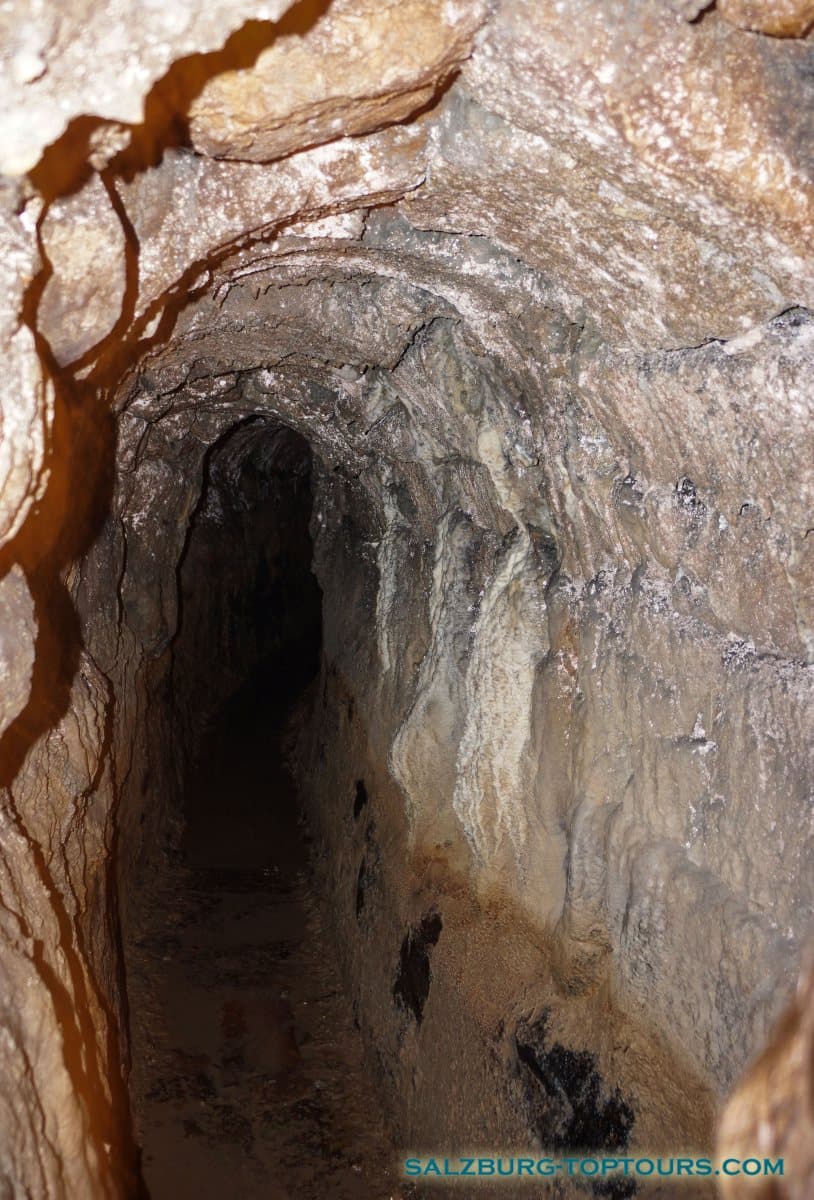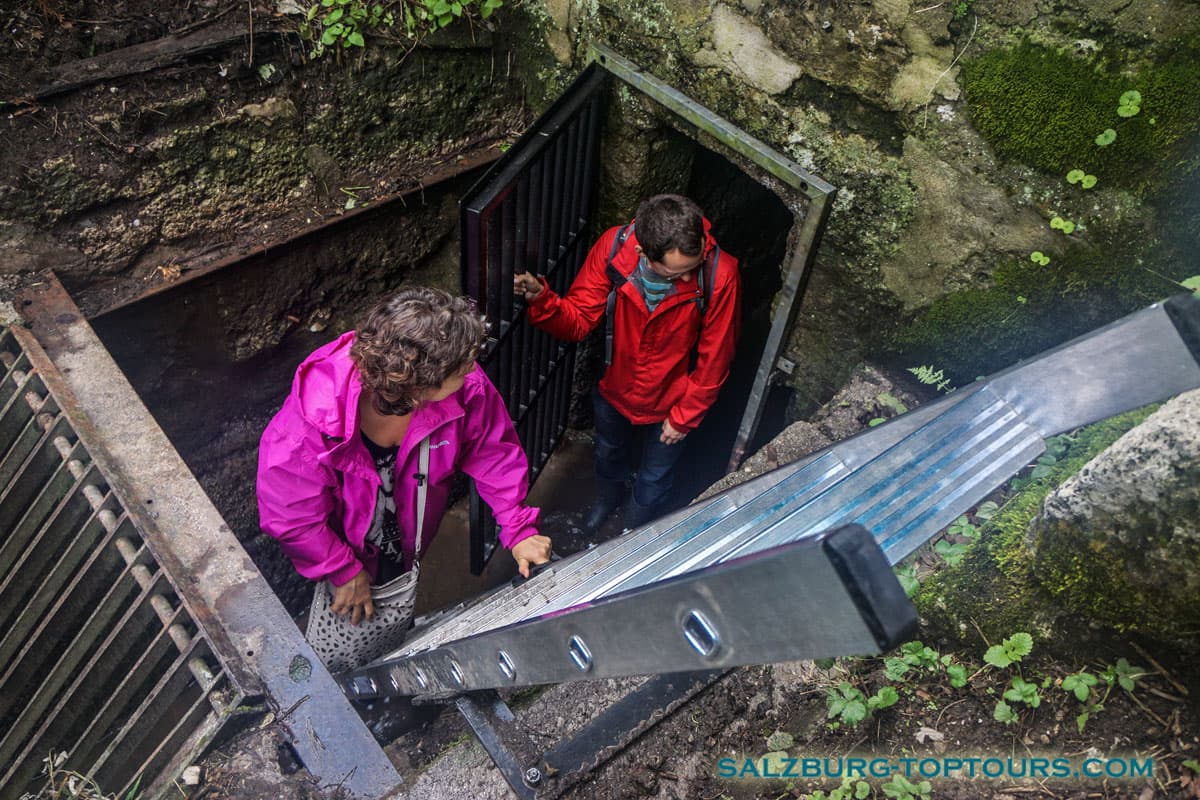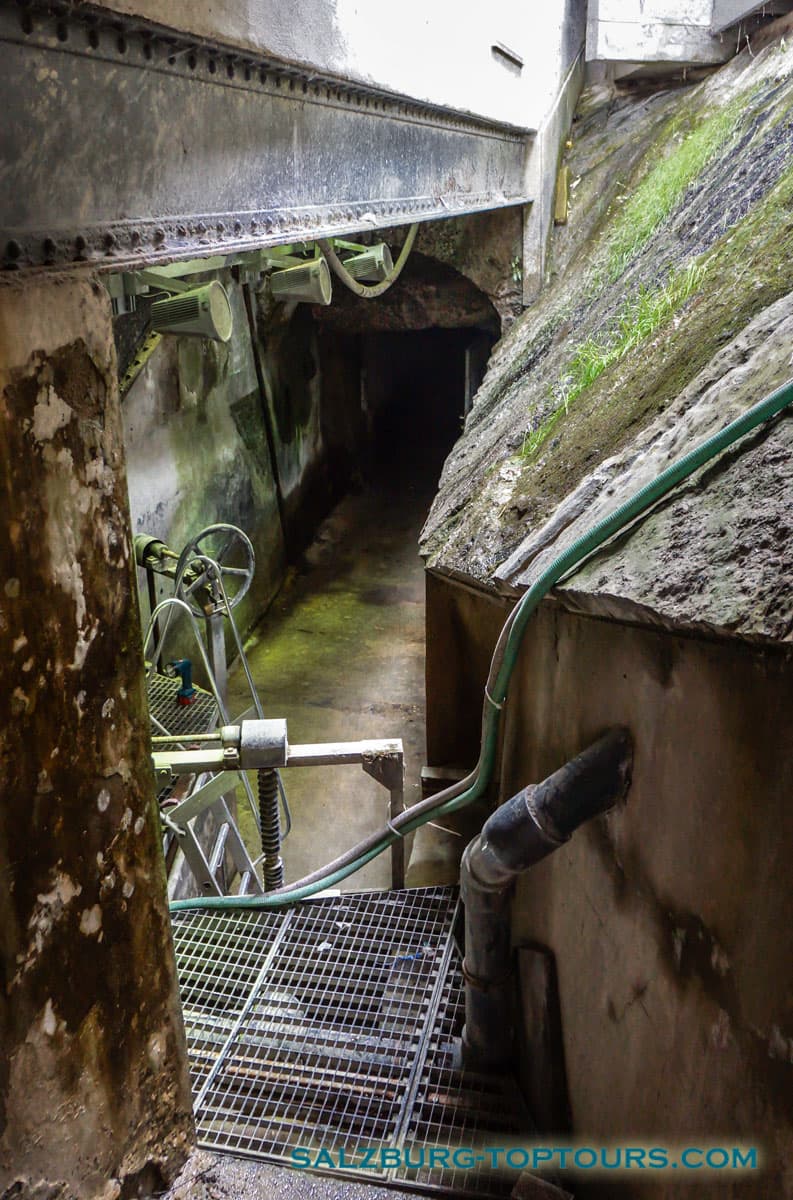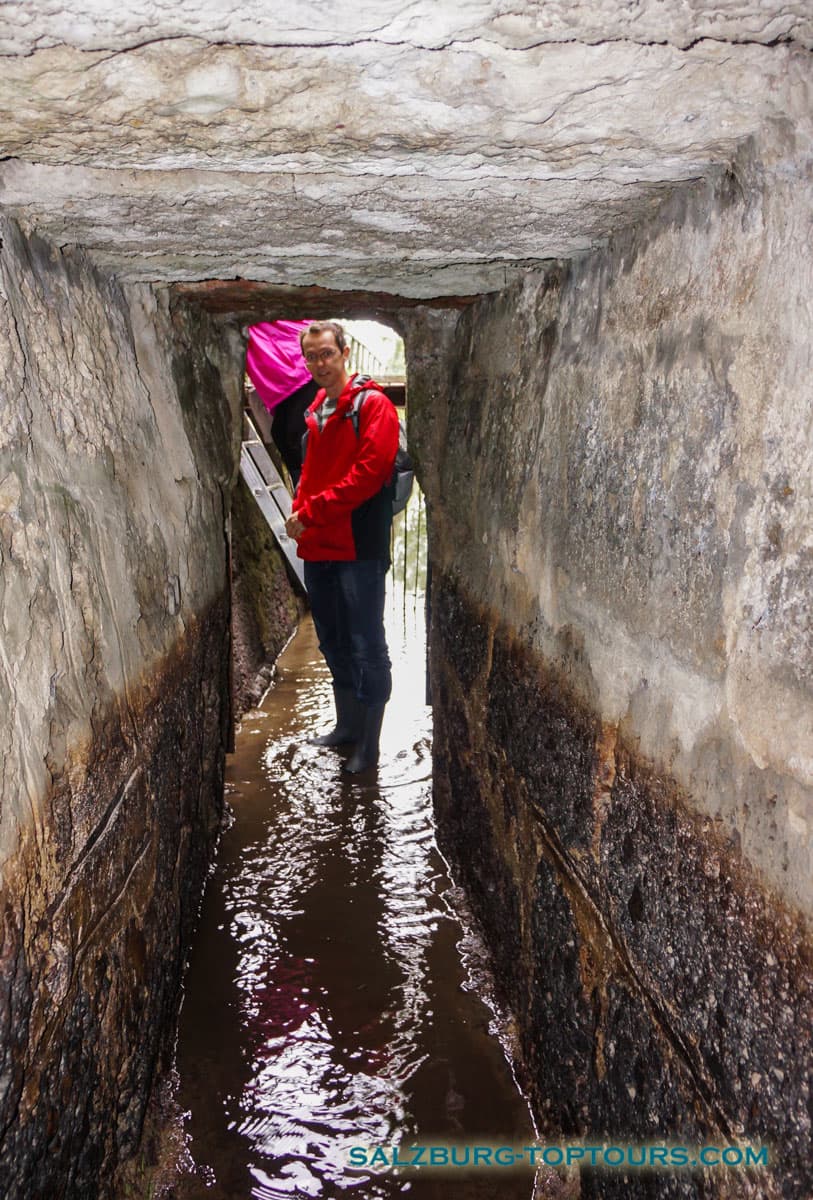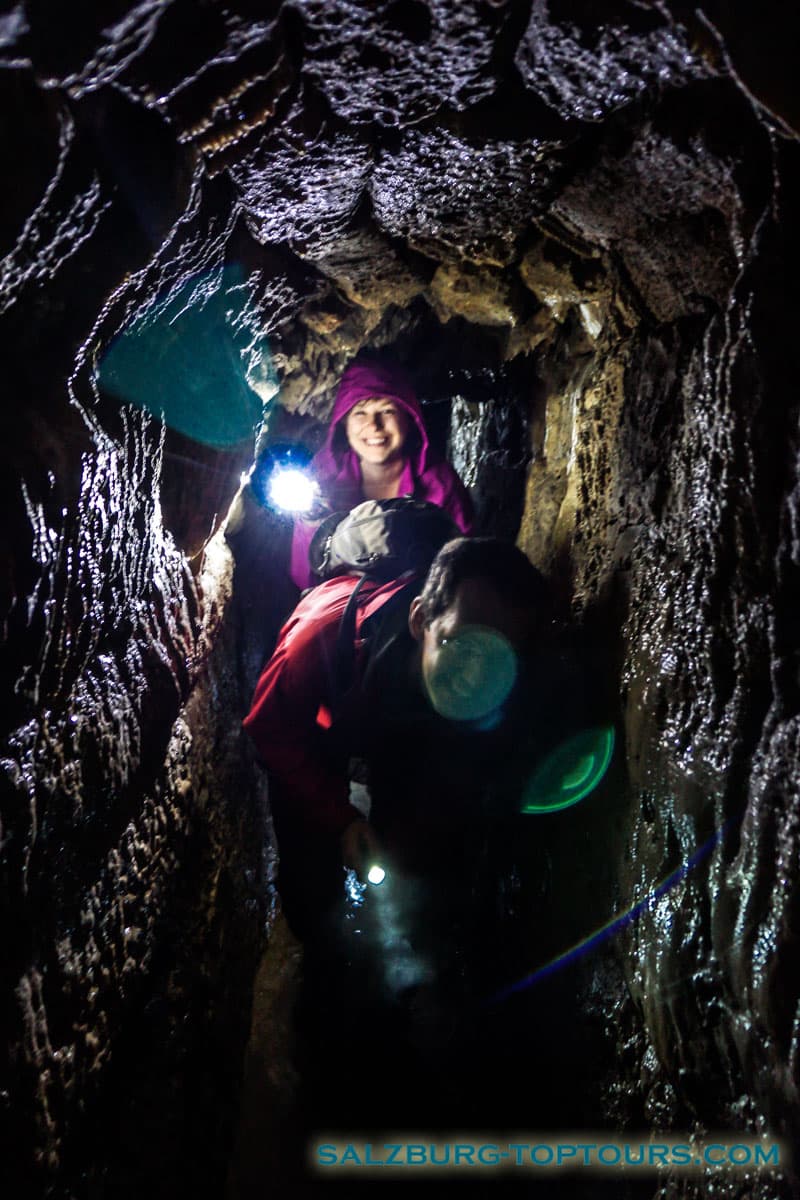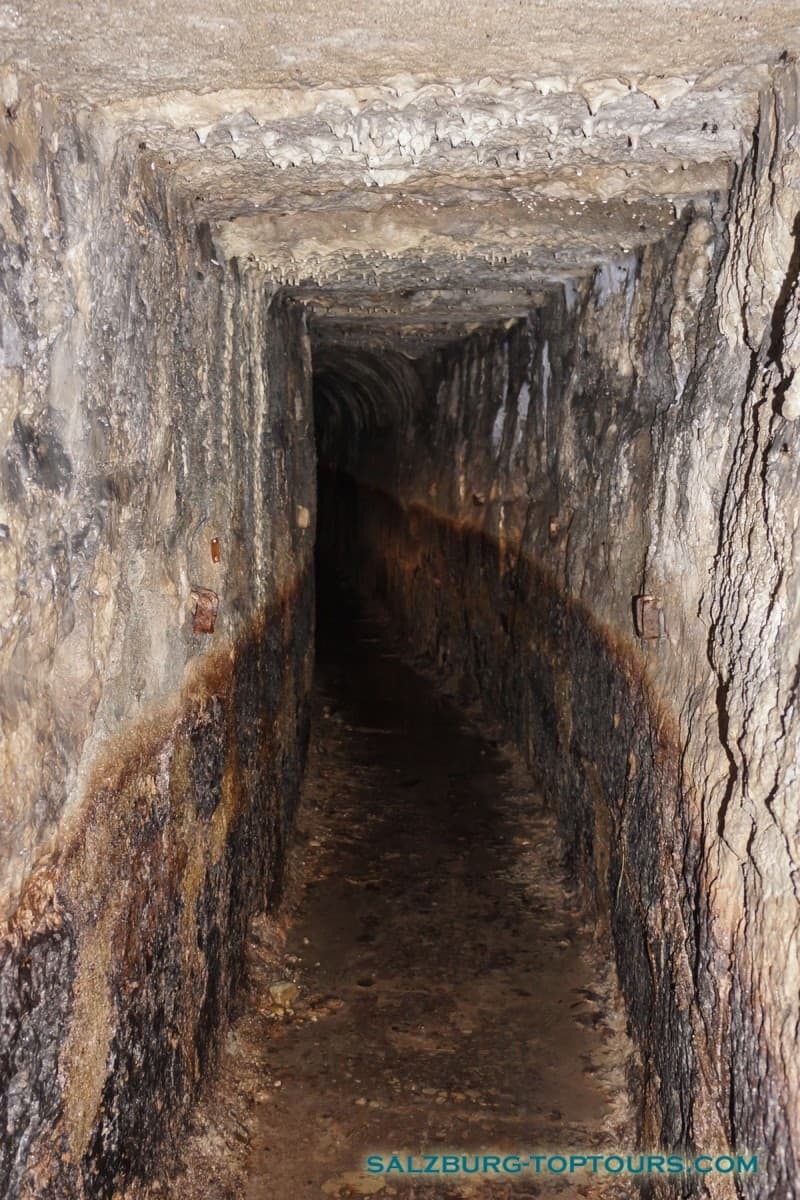Alm Canal (Almkanal) in Salzburg – Medieval Water System
During the Middle Ages, Salzburg’s urban population struggled with a severe shortage of clean drinking water. While wealthy citizens often drank fermented beverages such as beer and wine, the poorer population depended almost entirely on fresh water sources.

The discovery of new wells within the city significantly improved daily life, enhancing fire protection, enabling better sewage removal, supporting the irrigation of gardens, and keeping water-powered mills operating efficiently.
Salzburg's Christian history supposedly began in the 7th century with the founding of St. Peter’s Monastery on the remains of the Roman city of Juvavum. Built at a safe distance from the frequently flooding Salzach River, the monastery, one of Salzburg’s largest landowners, faced increasing water shortages over time. To secure a reliable supply, St. Peter’s Abbey launched an ambitious project in the 12th century to divert several Alpine streams toward the city, creating Salzburg’s first organized water supply system.
In 1138, engineers carved a remarkable 450-meter tunnel straight through the Mönchsberg. This tunnel, still functioning today, became a key section of the historic Alm Canal (Almkanal). Every September, the canal is drained for maintenance, after which visitors have the rare chance to join guided tours through these medieval underground tunnels.
If you’re intrigued by Salzburg’s water-supply heritage, consider exploring how water purification has evolved from ancient Roman techniques to modern systems. A guided tour of the Salzburg Waterworks Museum offers fascinating insights, and if you visit in September, you can also walk through the centuries-old tunnels of the Alm Canal—an unforgettable experience for history lovers.
